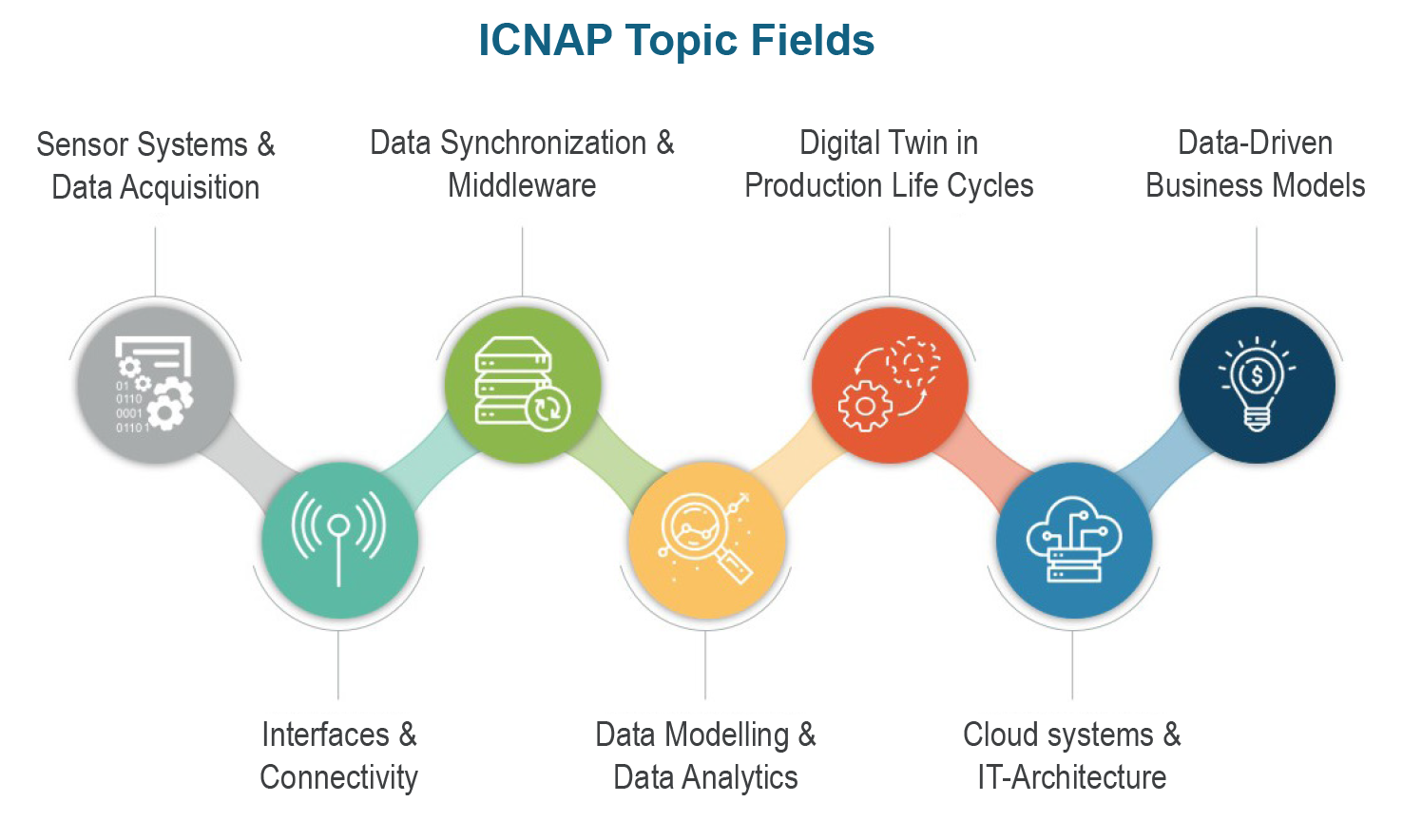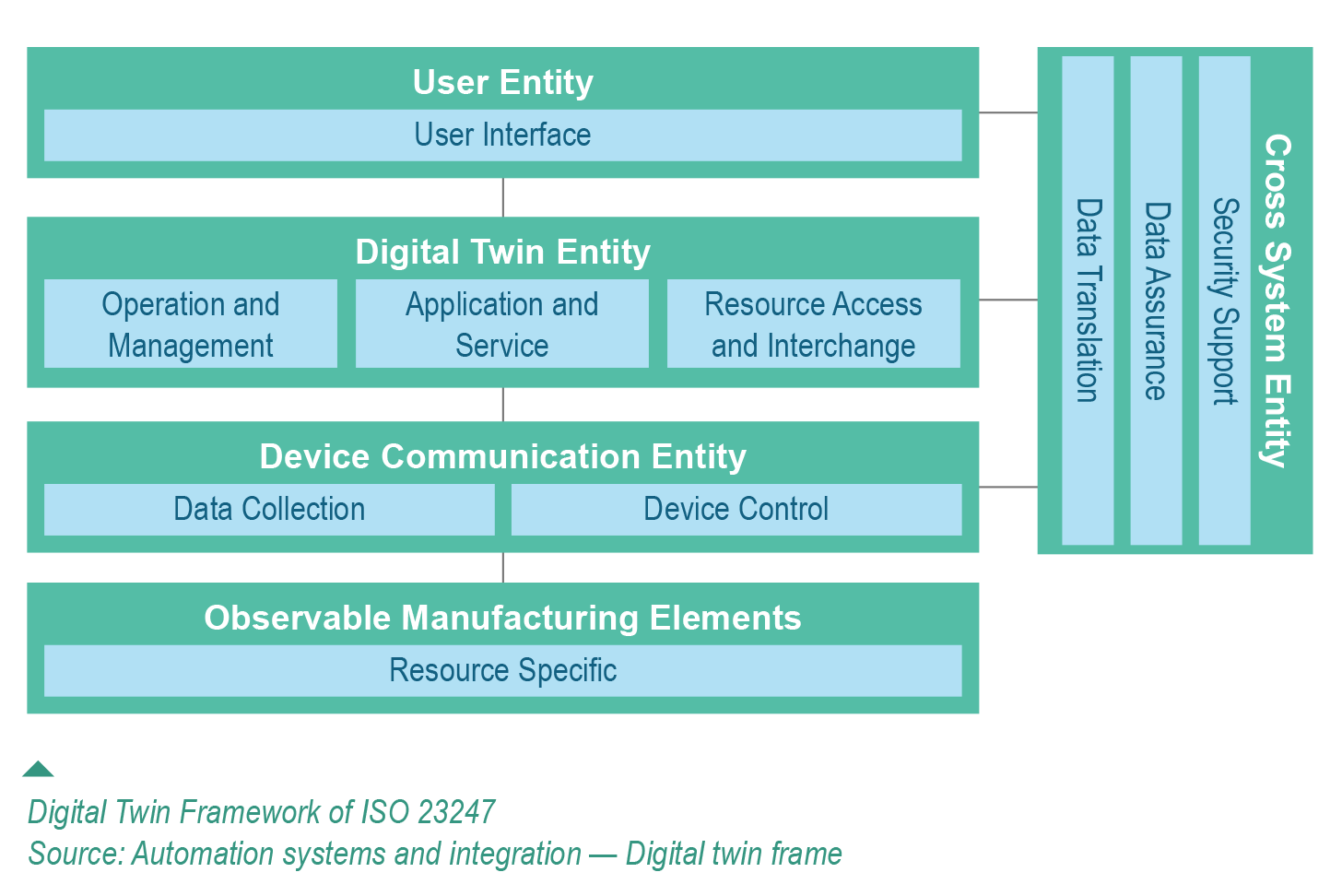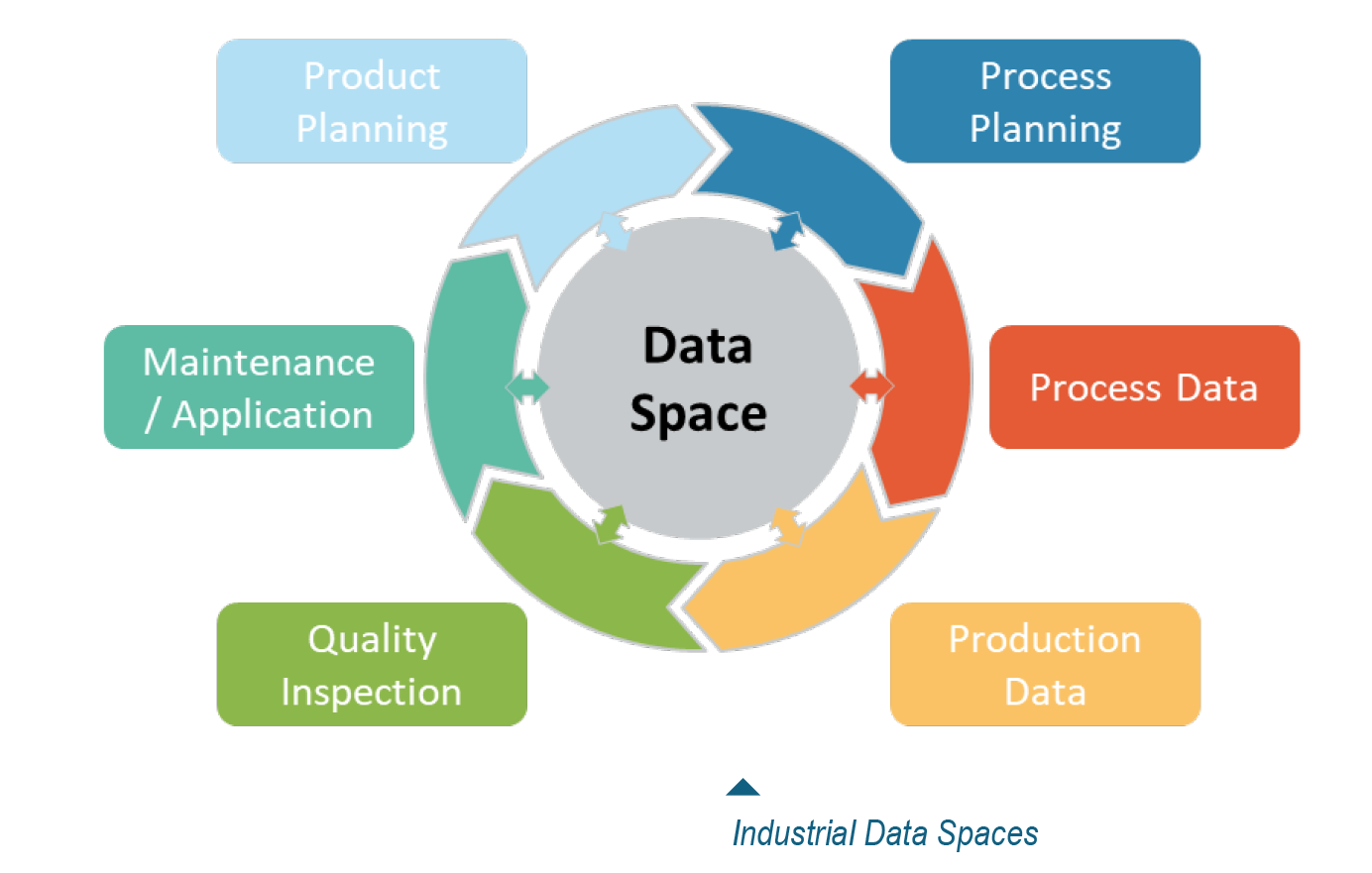THE PARADIGM SHIFTS IN MANUFACTURING:
5 key takeaways from 2022



In 2022, the ICNAP carried out five studies chosen via a voting process involving all community members.
This helps ensure their relevance to the manufacturing sector as a whole. In this article, we will summarise some key takeaways from those studies.

The increasing digitalization and connectivity in manufacturing have resulted in the generation of large volumes of data, which companies can harness to offer data-driven services and enhance their product portfolios. However, pricing these offerings presents significant challenges to manufacturers. Their intangible nature and difficulty quantifying customer benefits contribute to these pricing complexities.
Data-driven service offerings in manufacturing may be categorized into data products, smart products, digital products, and X-as-a-Service offerings. Each of these categories involves varying levels of data processing and integration. As for pricing, there are four main models: flat rate, pay-per-use, pay-per-output, and pay-per-access. The most suitable pricing model depends on the nature of the offer and the customer’s needs. Offerings with direct impact can provide immediate savings of cost or increase in revenue and may enable the prediction of unplanned failures or autonomous reactions, so a ~20-25 % participation in the value created is reasonable. As indicated above, the value created is based on project experiences.
We conducted several case studies with our industry partners to gain practical insights into pricing data-driven service offerings. The studies highlighted companies’ challenges in quantifying the utility potential, selecting pricing models, and determining price points. Recommendations that emerged from the findings emphasized the importance of defining a clear value proposition, consolidating offerings, quantifying impact on customer economic potential, and selecting appropriate pricing strategies.


Digital twins are virtual representations of physical assets that serve as sandboxes for testing potential changes and upgrades to the shopfloor. They can reduce costs, increase efficiency, and enhance product knowledge throughout the value chain. Digital twins can use real-time geometric, kinematic, and behavioral data to accurately map realworld assets into digital environments, making them ideal for error analyses, testing, and optimization.
Production systems must be integrated with sensors and other computing devices for real-time monitoring and optimization. Protocols such as MQTT, LWM2M, or OPC UA facilitate universal sensor and actuator connectivity, thus enabling live monitoring and optimization. However, meeting hard real-time requirements at the field level remains challenging because current solutions only support retrospective analysis.
The ICNAP study “Real-time Digital Twin” explored the potential use of digital twins in a real-time context. This involved evaluating software frameworks, including the Asset Administration Shell, OPC UA, Eclipse Ditto, ROS2, and MQTT + Sparkplug. While each framework has advantages and limitations, no one fulfills all requirements for hard real-time use cases.
Key research areas for real-time digital twins include usability improvement, model creation and calibration, and establishing trust in data, models, and procedures. Standardization, interoperability, metadata, uncertainty quantification, and validation strategies are crucial in building trust and reliability.


One of the fundamental goals of digitalization in manufacturing is to achieve more sustainable and profitable production. Enterprises face the global challenges of climate change, pollution, and resource scarcity, and they need to address all these areas to stay relevant and profitable. Integrating information and communication technology (ICT) systems in manufacturing processes helps enterprises monitor, analyze, and optimize operational sustainability.
Government laws and standards, such as ESG directives and sustainable development goals guide sustainability efforts. Environmental aspects, social standards, and corporate governance also play vital roles in building sustainable organizations. Life cycle management and assessment allow for evaluating a product’s environmental impact throughout its lifecycle.
Green digital infrastructures are essential for supporting sustainability goals. Examples include innovative cooling concepts for data centers, like direct liquid cooling and the use of renewable energy sources. These help reduce energy consumption and environmental impact. Green 5G networks aim to meet traffic requirements while minimizing power consumption thanks to energy saving technologies and AI integration. Green coding approaches focus on software design and implementation that proactively addresses energy consumption. The list goes on.
Implementing sustainable digital infrastructures requires continuous innovation, collaboration, and a strong commitment to sustainability throughout the end-to-end manufacturing lifecycle. To make that happen, manufacturers must explore and adopt innovative solutions built with long-term sustainability in mind.

Dealing with cyber risks is crucial for secure networked production in the manufacturing sector. Cyberattacks are increasing, with the manufacturing sector becoming one of the most targeted in Europe. Small and mediumsized enterprises are particularly vulnerable.
The separation of IT and operational technology (OT) has left the latter neglected and exposed to greater risk. To address this challenge, we established a cybersecurity lab for demonstrating attack infiltration and its potential damages in a mock real-world scenario. A security guideline was developed based on these insights to help companies implement effective protection measures.
The guideline includes a security strategy known as ‘defense in depth’, which employs layered protection mechanisms for all assets. It covers policies, human elements, physical security, network security, system and component security, and the assets themselves. The National Institute of Standards and Technology (NIST) security framework, consisting of five phases, is incorporated to guide companies in adopting industrystandard security measures.
The study provides theoretical knowledge, industry best practices, and use cases to support manufacturers in selecting and implementing suitable cybersecurity technologies for their production processes. By following the guidelines and leveraging the NIST framework, companies can enhance their security postures and mitigate cyberattack risks.


Data exchange throughout the product lifecycle can optimize production, logistics, and business processes. Digital infrastructures equipped with mechanisms for publishing and consuming data are vital to ensure the security and sovereignty of shared information. Industrial data spaces help by facilitating versatile data exchange while preserving data sovereignty and self-determined data sharing.
The International Data Spaces Association (IDSA) plays a central role in promoting the concept of data spaces. They have developed a reference architecture model (IDSRAM) that serves as a technical standard for the development of data spaces. The IDS connector, a key component of the IDS ecosystem, facilitates the connection between data owners and data consumers. It ensures interoperability between different implementations, allowing data to flow securely and efficiently.
A practical implementation of data spaces was applied to monitor manufacturing machines. The use case involved data exchange between different facilities, demonstrating the capabilities of data space connectors in a real-world scenario. The implementation utilized existing data space connectors and involved data generation, processing, and analysis at different locations. The Fraunhofer Edge Cloud platform served as the deployment environment, enabling secure data exchange and communication between the components.

